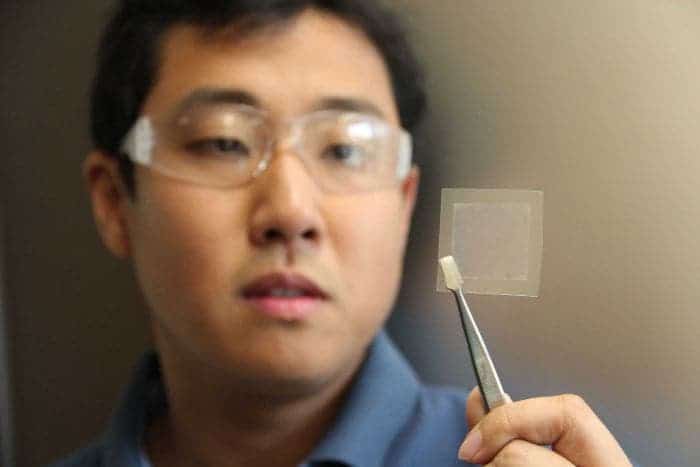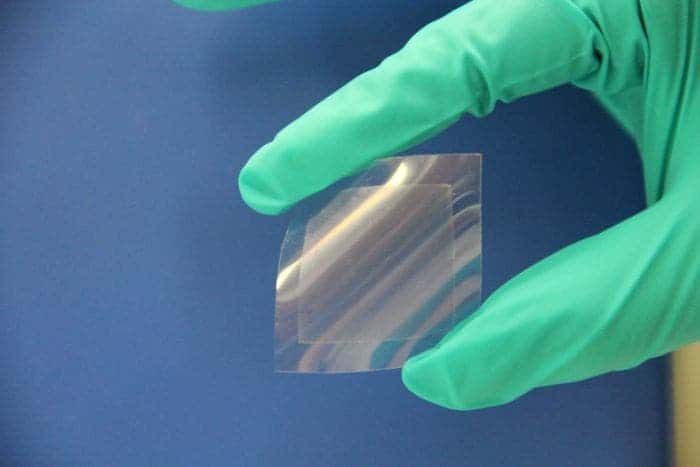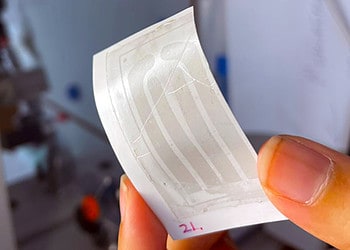
Since it was first forged in the labs of the University of Manchester in the UK, graphene has been touted as the miracle material of the 21st century. For good reason, too. It’s 200 times stronger than steel, has a fantastic electrical conductivity, unlimited heat conductivity, it’s more sensitive than human skin, and has many other uses. It could revolutionize everything from commercial electronics to space flight.
It’s been 13 years, however, since graphene was first synthesized by Andre Geim and Konstantin Novoselov (the two would later win a Nobel Prize for their wok) and we’re still far from living in the graphene age.
Graphene’s desirable properties are attainable as long as it stays in its 2-D, one-atom thick configuration. In reality, that’s impractical and graphene applications will typically use materials made from multiple sheets. The more sheets you add, the worse graphene’s performance and creating high-quality graphene in bulk is still a big challenge.
Australian researchers from the Commonwealth Scientific and Industrial Research Organisation (CSIRO) might not have made the best graphene in the world, but it sure is cheap and fast to make.
Dr Zhao Jun Han and colleagues made their sheets of graphene starting from a common household item: soybean oil.
Firstly, the team heated the soybean oil in a furnace for about 30 minutes. The heat decomposed the oil into carbon building blocks which became deposited on a nickel foil. Once the foil is put out of the oven, it is then rapidly cooled. What you get is a thin rectangle of graphene film about one nanometer thick or 80,000 times thinner than a human hair.
The whole process takes place at ambient air, unlike other methods that grow graphene in vacuum.

Jun Han claims his team’s technique is faster, cheaper, and more efficient than any other graphene manufacturing process before it. Moreover, costs could be brought down ten-fold, as reported in a paper published in Nature Communications.
“We believe that this process can significantly reduce the cost of producing graphene film,” he said.
“It can then accommodate many applications that were previously limited by the high price of producing these films.”
Using soybean oil as a source of carbon for graphene production is definitely unheard of but the resulting material should be just as good as those made using other methods. It’s still graphene. Dr Han says their graphene films could be used straight away in batteries and supercapacitors. However, it’s still unclear whether this process can be scaled to industrial size. The film made at CSIRO is a small rectangle only 5x2cm across. Producing thousands of square meters of sheets, as it would be desirable, is a whole different ball game.






